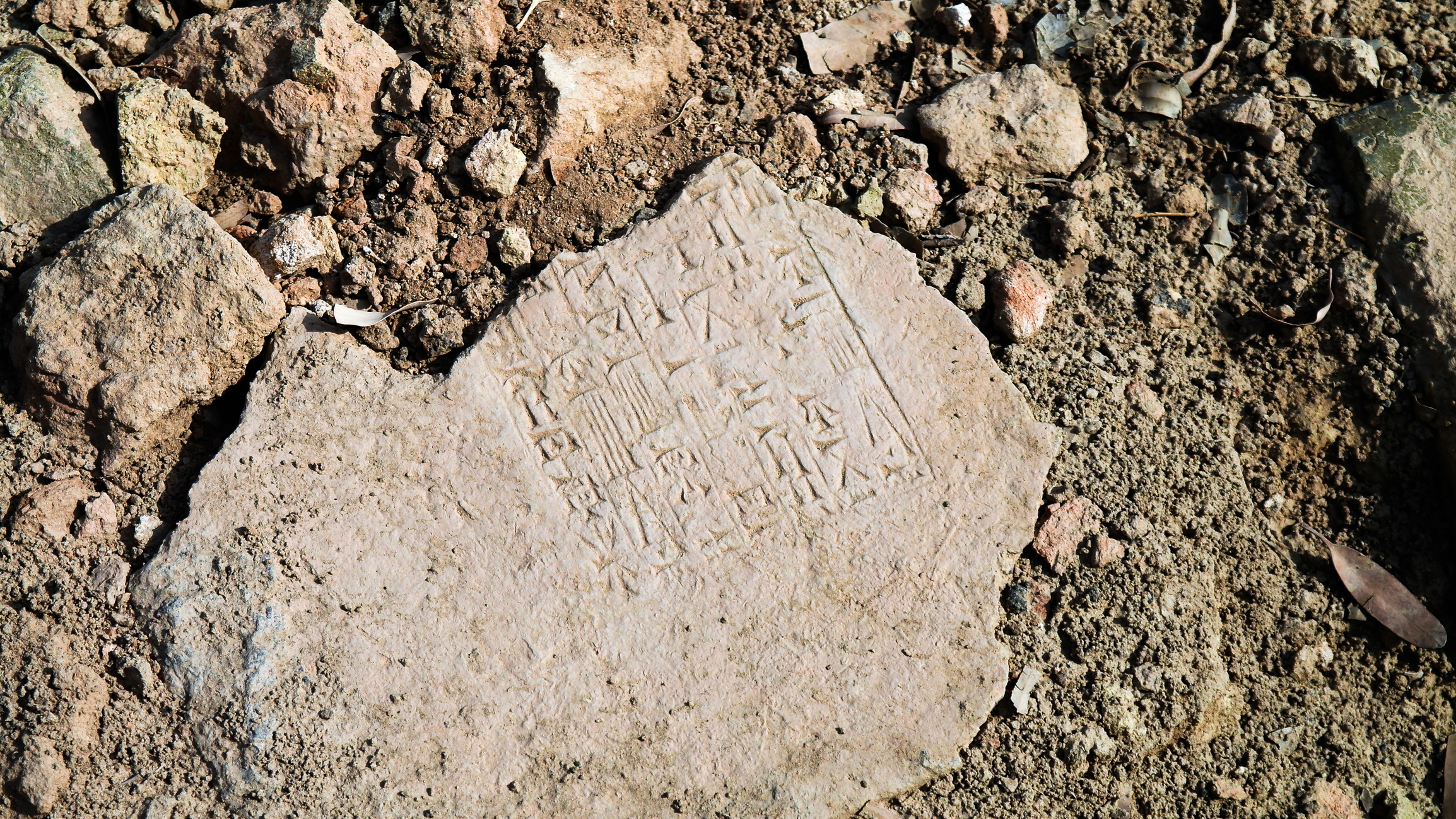ISO 639 Codes for Ancient Languages

Thanks to practices in philology and related disciplines, languages subsumed, displaced, or superseded by contemporary languages or otherwise lost to time are accessible today. For instance, the immediate progenitors of modern English, Middle English and Old English, can be accessed through the pages of the classic epic Beowulf or Chaucer’s Canterbury Tales. Even The Epic of Gilgamesh, the oldest known written story, can be read in its original Akkadian as etched into cuneiform tablets millennia ago.
Unfortunately, those who read these ancient or historical languages don’t necessarily speak the same modern tongues. Universal codes to identify languages help with this issue, and ISO 639 includes ancient languages in its list of many alpha-3 codes.
What is ISO 639?
ISO 639 provides codes to represent languages, with former part 1 of the standard, ISO 639-1, using codes comprising two-letters as identifiers. This code is meant for use by libraries, information services, and publishers to indicate language in the exchange of information, but it may be adopted beyond regular lexicographic or linguistic purposes for any application requiring the expression of language in a two-letter form. These alpha-2 codes, as explained by the standard document, were devised for the:
“practical use for most of the major languages of the world that are not only most frequently represented in the total body of the world’s literature, but which also comprise a considerable volume of specialized languages and terminologies.”
The former second part of this standard, ISO 639-2, features alpha-3 (three-letter) codes, and it represents all languages contained in ISO 639-1 along with other languages and language families. These include some ancient and historical languages.
Former part three of this standard, ISO 639-3, expands upon the alpha-3 codes with the intention of providing a comprehensive set of identifiers for all languages. To meet this need, while featuring code sets complementary and compatible to ISO 639-2, it attempts to enumerate all languages living, extinct, ancient, and constructed, whether major or minor, written or unwritten. As such, the set of individual languages listed in ISO 639-3 is much larger than the set listed in ISO 639-2.
Please note that all 3 parts of ISO 639 were revised in 2023 and merged into the current ISO 639:2023 standard.
Ancient Languages Represented by ISO 639 Alpha-3 Codes
Some extinct languages represented by the many codes outlined in the ISO 639 standard include:
Old English – ang
Middle English – enm
Akkadian – akk
Old Norse – non
Ancient Egyptian – egy
Ancient Greek – grc
Coptic – cop
Other examples can be found on the ISO website, as well as the code tables of ISO 639 located on the official website of the ISO 639-3 Registration Authority, the Summer Institute of Linguistics, Inc. (SIL International).
Both the alpha-2 and alpha-3 language codes are considered open lists; additional language codes are created when it becomes apparent that a significant body of literature exists in a particular language.
ISO 639:2023 – Code For Individual Languages And Language Groups is available on the ANSI Webstore.






